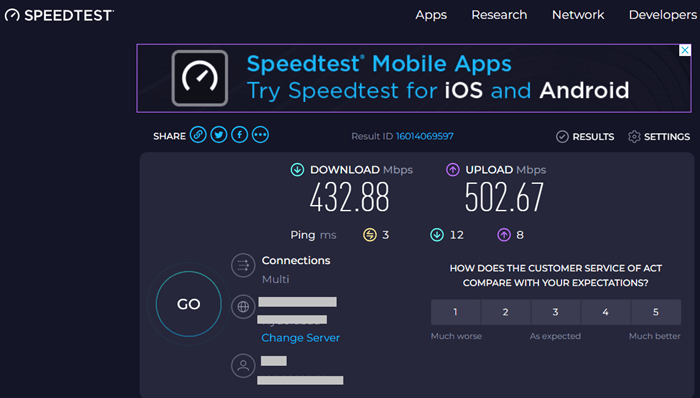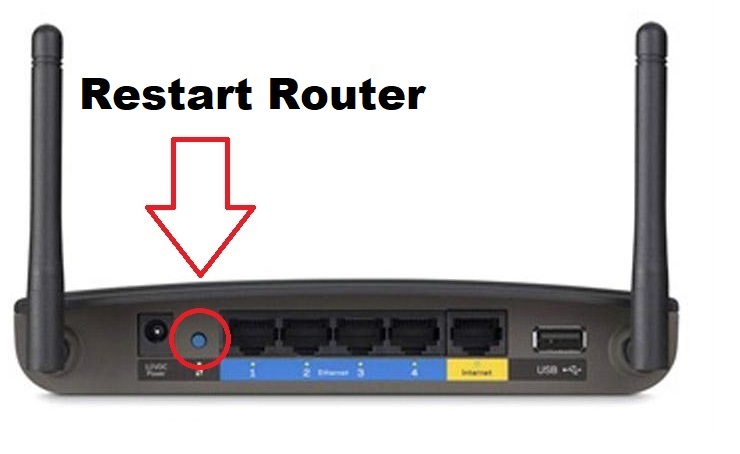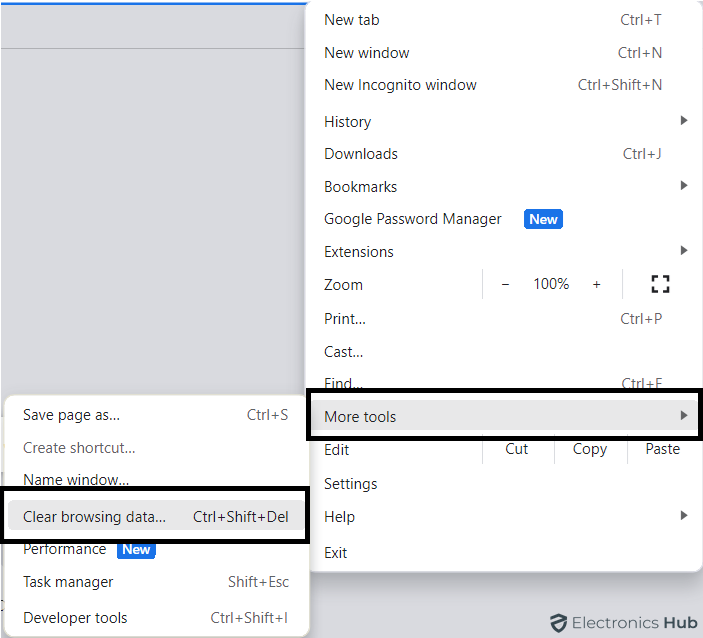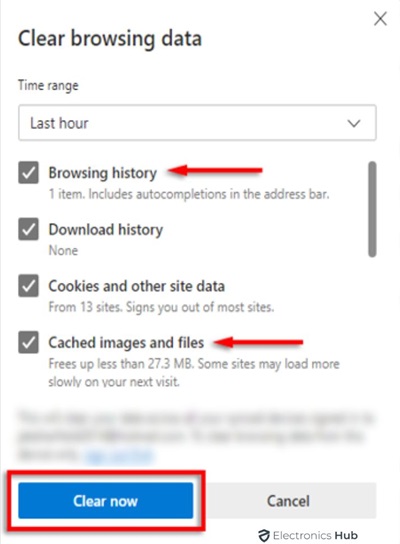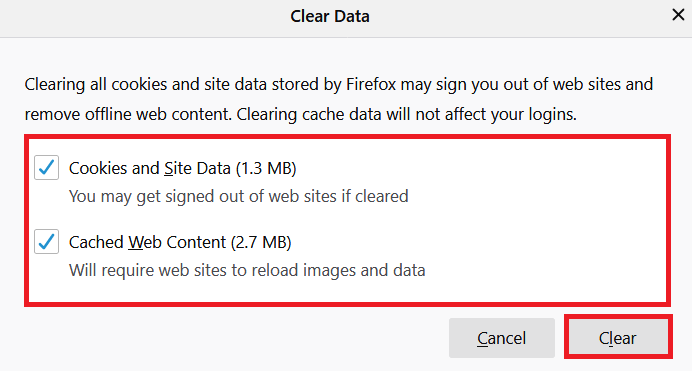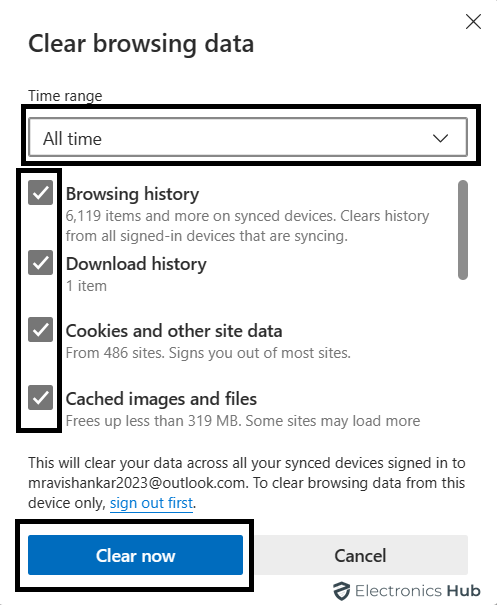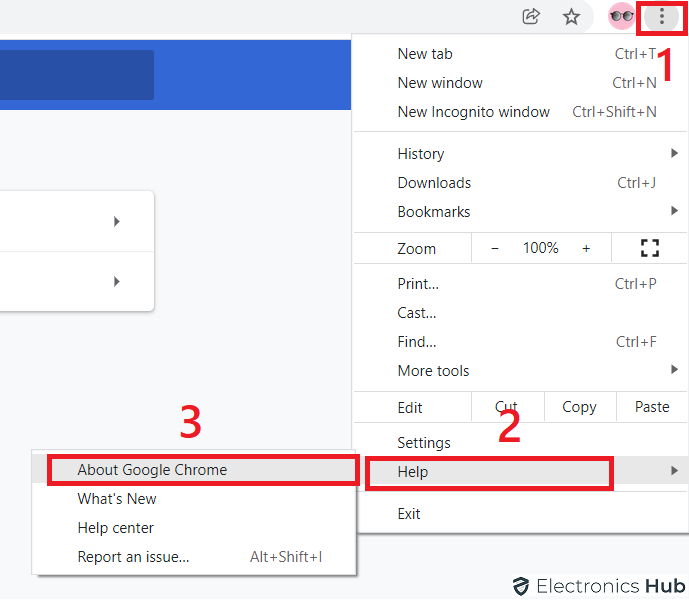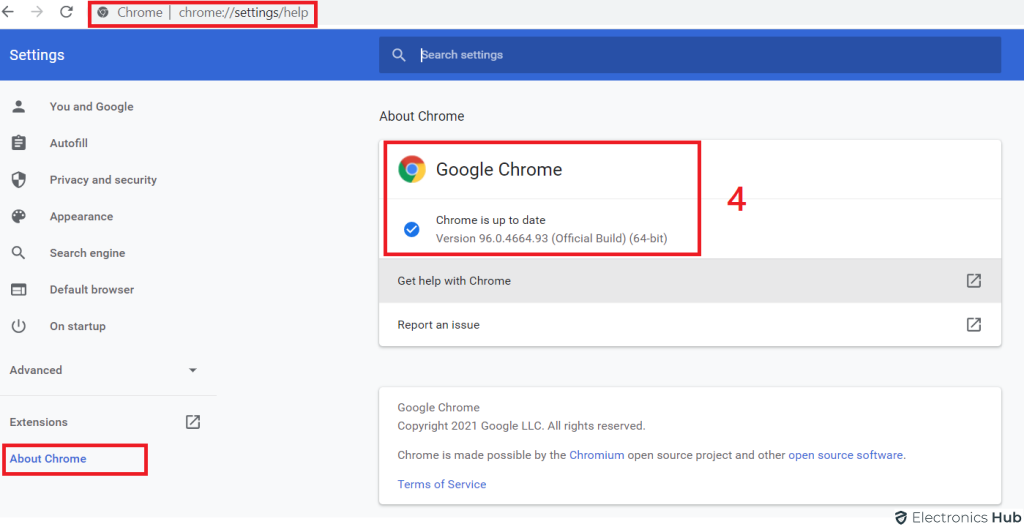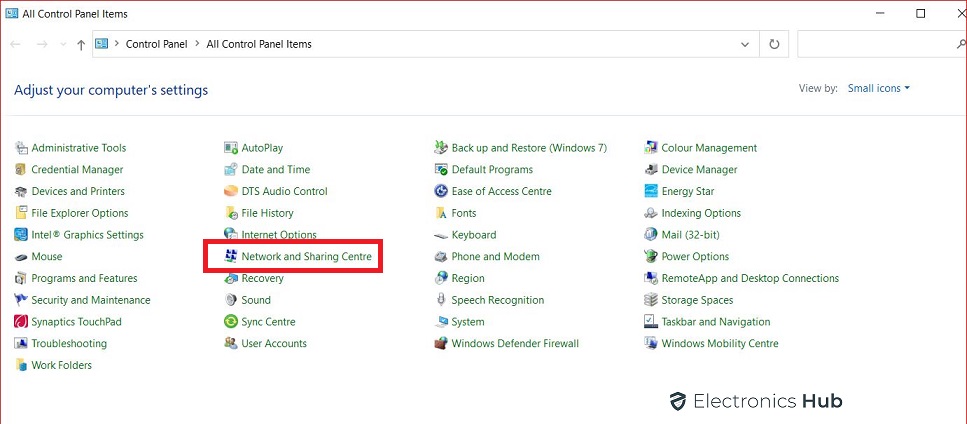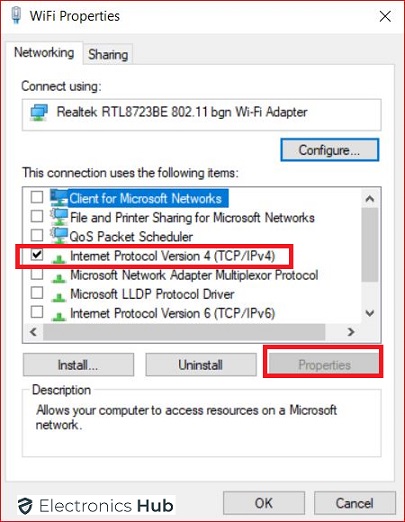Slow internet can be incredibly frustrating, especially in a world where our daily lives rely heavily on a fast and stable connection. If you’ve found yourself constantly waiting for web pages to load or dealing with endless buffering, it’s time to take matters into your own hands.
In this blog post, we’ll explore practical steps on “How To Increase Internet Speed.” Whether you’re a casual internet user, a remote worker, or a passionate gamer, these tips will help you optimize your connection and enhance your online experience. No need for complex technical jargon; we’ll break down the process into simple, actionable steps.
Outline
Toggle- Check Your Internet Speed
- Methods to Increase Internet Speed
- Changing DNS Settings in Mac
- Conclusion
Check Your Internet Speed
Before diving into the tweaks and optimizations, it’s essential to understand your current internet speed. This step helps you identify if there’s a significant deviation from your subscribed plan and sets a benchmark for improvements.
How to check your Internet Speed:
1. Choose a Reliable Speed Test Tool:
Begin by selecting a reputable speed test tool. Websites like Ookla’s Speedtest or Fast.com by Netflix are widely used and provide accurate results. These tools are user-friendly and give you a quick snapshot of your download and upload speeds.
Note:- To get accurate results, ensure that no other applications or devices are consuming your internet bandwidth during the speed test. Close any unnecessary tabs or applications on your computer or mobile devices.
2. Run the Speed Test:
Open the chosen speed test website and click on the “Go” or “Start” button. The tool will measure your ping, download speed, and upload speed. It only takes a minute, but the insights gained are invaluable.
After the test is complete, compare the results with the internet plan you’re subscribed to. If your actual speed significantly lags behind the promised speed, it’s time to implement the necessary steps to boost your internet speed.
Methods to Increase Internet Speed
1. Restart your Router
A simple yet effective method to potentially boost your internet speed is restarting your router. Over time, routers can accumulate temporary data and encounter glitches that might impact their performance. A quick restart can refresh the system, often leading to improved connectivity.
How to Restart Your Router:
- Find the physical router in your home or office. It’s usually a small box with blinking lights and multiple ports for connecting devices.
- Locate the power button on your router or unplug the power cable. Turn off the router and wait for about 10-15 seconds.
- Plug the power cable back in or turn the power button back on. Wait for the router to fully restart, and the indicator lights to stabilize.
- Once the router has restarted, reconnect your devices to the Wi-Fi network.
- Perform another speed test to see if there’s any improvement.
2. Optimize your Wi-Fi Connection
Wi-Fi signal strength and interference can significantly affect your internet speed. Optimizing your Wi-Fi connection involves adjusting settings and addressing potential sources of interference to ensure a stable and fast connection throughout your space.
How to Optimize Your Wi-Fi Connection:
- Choose an Ideal Router Location:
Place your router in a central location within your home or office. Avoid placing it near large objects or walls that can obstruct the signal. Elevate the router to minimize interference from furniture or appliances.
- Adjust Router Settings:
Access your router’s settings through a web browser by typing its IP address into the address bar. Common addresses include 192.168.1.1 or 192.168.0.1. Once logged in, navigate to the wireless settings section.
- Select the Best Channel:
Wi-Fi operates on different channels, and overlapping channels can cause interference. Use a Wi-Fi analyzer tool or the router’s settings to identify the least congested channel in your area, and manually set your router to that channel.
- Update Firmware:
Check for firmware updates for your router regularly. Manufacturers release updates to improve performance, security, and compatibility. Follow the manufacturer’s instructions to download and install the latest firmware.
- Use Quality Equipment:
Invest in high-quality routers and Wi-Fi extenders if needed. Older or budget routers may not provide optimal performance compared to newer models with advanced features.
- Enable Quality of Service (QoS):
Some routers offer Quality of Service (QoS) settings, allowing you to prioritize specific types of internet traffic. Prioritize essential activities like video conferencing or online gaming for a smoother experience.
Note: Keep electronic devices like microwaves, cordless phones, and Bluetooth devices away from your router. These devices can interfere with Wi-Fi signals and degrade performance.
3. Clear Browser Cache and Cookies
Your internet speed can be impacted by accumulated data stored in your browser’s cache and cookies. Clearing cache and cookies may require you to log back into websites, but it can help resolve issues related to slow loading times and improve overall internet speed. Proceed to the next section for additional optimizations.
How to Clear Browser Cache and Cookies:
In Google Chrome:
- Click on the three dots in the upper-right corner.
- Go to “More tools” and select “Clear browsing data.”
- Choose the time range (e.g., “Last 24 hours” or “All time”).
- Check “Cookies and other site data” and “Cached images and files.”
- Click “Clear data.”
In Mozilla Firefox:
- Click on the three horizontal lines in the upper-right corner.
- Go to “Options” and select “Privacy & Security.”
- In the Cookies and Site Data section, click “Clear Data.”
- Check both “Cookies and Site Data” and “Cached Web Content,” then click “Clear.”
In Microsoft Edge:
- Click on the three dots in the upper-right corner.
- Go to “Settings” and choose “Privacy, search, and services.”
- Under “Clear browsing data,” click “Choose what to clear.”
- Check “Cookies and other site data” and “Cached images and files,” then click “Clear.”
4. Update your Browser
Using an outdated browser can hinder your internet speed and compromise security. Regularly updating your browser ensures that you have access to the latest features, improved speed, and enhanced security protocols. This simple step can contribute to a smoother internet experience.
How to Update Your Browser:
Google Chrome:
- Click on the three dots in the upper-right corner.
- Navigate to “Help” and click on “About Google Chrome.”
- Chrome will automatically check for updates and install them if available.
Mozilla Firefox:
- Click on the three horizontal lines in the upper-right corner.
- Go to “Help” and select “About Firefox.”
- Firefox will check for updates and prompt you to install them if any are available.
Microsoft Edge:
- Click on the three dots in the upper-right corner.
- Go to “Help and feedback” and select “About Microsoft Edge.”
- Edge will check for updates and install them if there are any.
Safari:
- On macOS, updates to Safari are typically included in macOS updates. Check for system updates in the “App Store” under “Updates.”
5. Manage Your Devices and Bandwidth
The number of devices connected to your network and how they use bandwidth can impact overall internet speed. Effectively managing your devices and prioritizing bandwidth usage can lead to a more efficient and faster internet experience.
How to Manage your Devices and Bandwidth:
- Disconnect Unused Devices: Disconnect or turn off these devices to free up bandwidth for the devices that require a more stable connection.
- Set Device Priorities: Some routers allow you to set priority devices that receive preferential bandwidth. Access your router settings and explore Quality of Service (QoS) or Device Prioritization options to allocate more bandwidth to essential devices.
- Limit Background Applications: Devices often run background applications that consume bandwidth. Check and adjust the settings on devices to limit background processes, especially on devices like smart TVs, gaming consoles, and computers.
- Use Wired Connections: Whenever possible, connect devices directly to the router using Ethernet cables. Wired connections typically offer more stability and faster speeds compared to Wi-Fi.
- Upgrade Your Router: If you have numerous devices connected simultaneously, consider upgrading to a router with advanced features that can handle higher traffic volumes.
6. Consider a Wi-Fi Range Extender
If you experience weak Wi-Fi signals in certain areas of your home or office, a Wi-Fi range extender can help amplify your wireless network’s reach. A Wi-Fi range extender can be a cost-effective solution to improve internet speed in areas where the Wi-Fi signal is traditionally weak. This can be particularly beneficial for larger spaces or locations with multiple obstacles hindering signal strength.
How to Use a Wi-Fi Range Extender:
- Determine areas with poor Wi-Fi signals where you experience slower internet speeds or dropped connections.
- Select a Wi-Fi range extender that is compatible with your router and supports the same Wi-Fi standards (e.g., 802.11ac).
- Place the Wi-Fi range extender in an area with a decent signal from your router. This is usually halfway between the router and the area with weak coverage.
- Follow the extender’s setup instructions to connect it to your existing Wi-Fi network. This typically involves accessing the extender’s settings via a web browser.
- Once connected, test the Wi-Fi signal strength in previously weak areas using a device. Ensure that the extender effectively extends the network coverage.
Remember: If the signal is still weak, experiment with relocating the extender to find the optimal position for enhanced coverage.
7. Changing DNS Settings in Windows
- Launch Windows Start.
- Type Control Panel and open it.
- You can switch the viewing mode to large icons if needed.
- Tap on the Network and Sharing Center option from the right side.
- Choose the Change Adapter Settings option from the top-left section.
- Right-click on your connection and choose properties.
- Choose Internet Protocol 4 and hit the properties button.
- In the next window, select the “Use following DNS server” option.
- You need to enter a new DNS address in both boxes. You can try entering 8.8.8.8 and 8.8.4.4 in the first and second boxes respectively.
- Hit the OK button.
- Finally, click Close.
Changing DNS Settings in Mac
- Tap on the Apple icon from the top-left corner.
- From the drop-down menu that appears, choose System Preferences.
- From the icons displayed, tap on the network.
- Choose your Wi-Fi connection.
- From the bottom of the window, tap on Advanced.
- Tap on the DNS tab.
- Tap on the plus icon from the bottom left section.
- Enter a primary address-8.8.8.8 and hit enter.
- Tap on plus again enter the secondary address-8.8.4.4 and hit enter.
- Hit the OK button.
- Finally, tap on Apply.
8. Consult with Your Internet Service Provider
If you’ve exhausted all troubleshooting steps and optimizations but still experience slow internet speeds, it’s time to consult with your internet service provider (ISP). They can offer insights into potential issues with your connection and provide solutions to improve your internet speed.
Conclusion
By following the steps outlined, from basic troubleshooting to considering upgrades, you can optimize your connection for seamless browsing, streaming, and work. Remember, achieving faster internet is a gradual process, but with persistence and the right approach, you can enjoy a smoother online experience.

